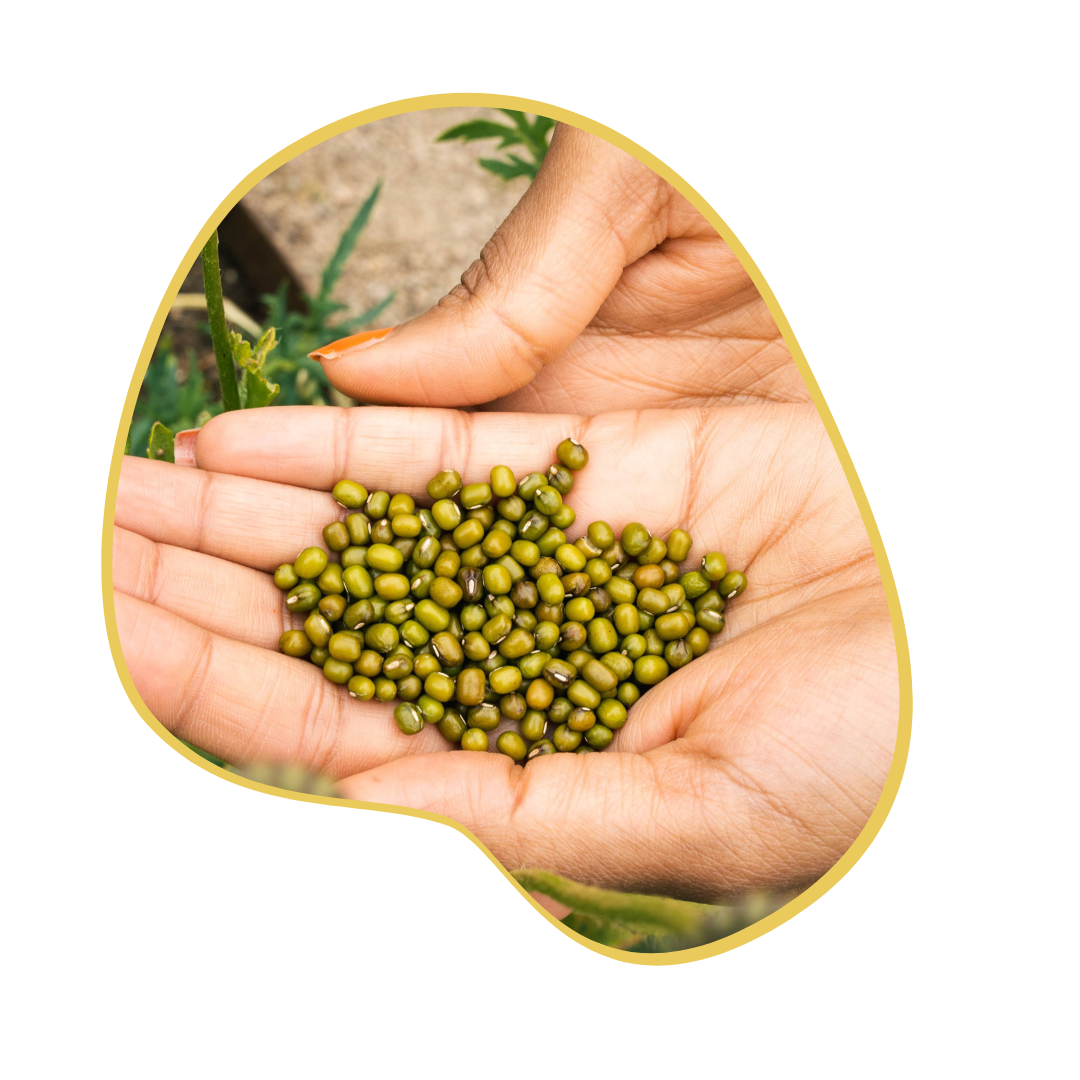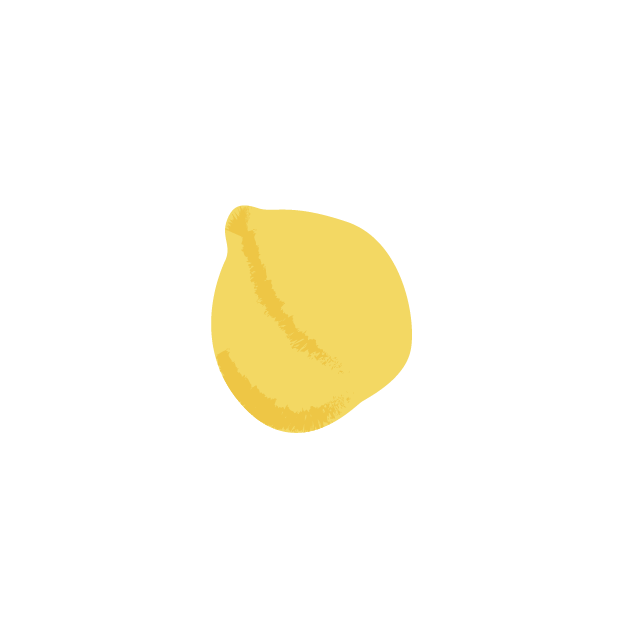
Our Mission
Beans is How is an ambitious campaign mobilised by the SDG2 Advocacy Hub to double the global consumption of beans (as well as peas, lentils and other pulses) by 2028.
The campaign seeks to amplify and make visible the importance of beans as a simple, affordable solution to our global financial, health and environmental challenges while uplifting policy and academic research, and galvanising significant stakeholder action to reach this ambitious goal.
Beans is How has a multi-layered structure that supports and executes the campaign aims: the Bean Board, the Science and Innovation Advisory Council, and the Bean Coalition. Partners may serve in multiple functions.

Beans Are Affordable, Versatile & Delicious!
Beans have been part of many global cuisines for millennia and are one of the most widely consumed food types in many low-income settings. You can purchase them dry, canned or jarred and they are shelf-stable and store for long periods of time. They are versatile and can be prepared and incorporated into a variety of foods, including meals, desserts, snacks, sauces, spreads and even beverages.

Beans Are Good For The Planet!
Incorporating beans into agricultural practices can improve soil and water quality. Beans reduce the need for synthetic fertilisers by converting atmospheric nitrogen into a plant usable form. They use less water than many other crops, helping to conserve water.

Beans Are Nutritious!
Beans are nutrient-dense, rich in protein and dietary fibre, which is great for gut health. They have no cholesterol, are low in fat and rich in micronutrients including iron, potassium and B vitamins like folate.
Bean Diversity
Learn facts about some of our favorite beans, including origin, nutrition, and climate resilience.

Butter Bean

Kidney Bean

Black Bean

Chickpea

Mung Bean

Navy Bean

Aduki Bean

Black Chickpea

Blacked Eyed Bean

Cannellini Bean

Edamame Bean

Fava Bean

Flageolet bean

Pinto bean
